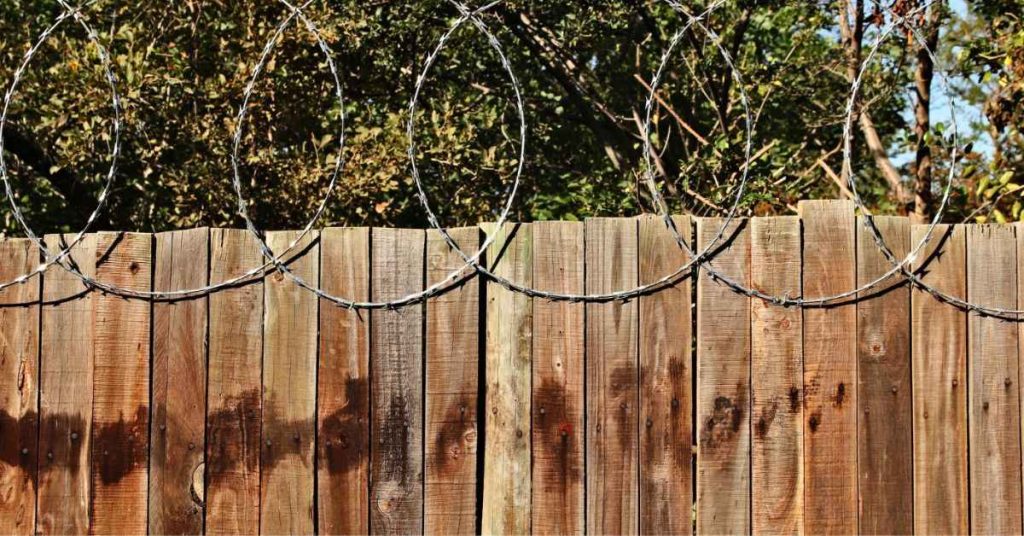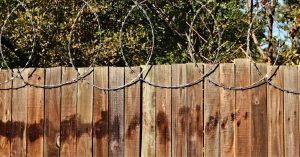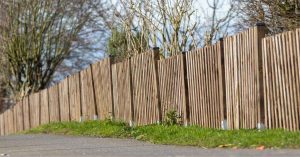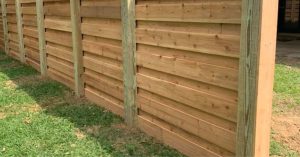Initial Inspection and Cleaning
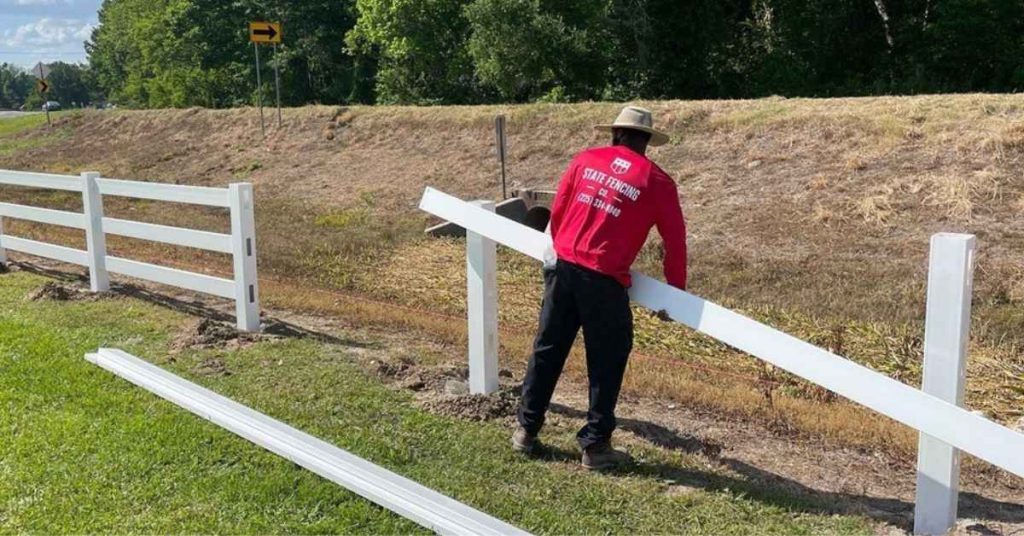
Regular Inspections
Inspect your fence regularly to identify any damage, rot, or insect infestations. Look for loose or broken parts that need immediate attention. Check the base of the fence where it contacts the ground and inspect joints and fasteners for signs of rust or wear. Regular inspections, ideally every few months, will help catch issues early before they become serious problems.
Cleaning the Fence
Use a pressure washer or garden hose to remove dirt and grime. For stubborn stains and mold, apply a wood cleaner or diluted bleach. Be sure to follow the manufacturer’s instructions for any cleaning products used. After cleaning, allow the fence to dry completely. This can take up to 48 hours depending on weather conditions. Clean fences not only look better but are also less likely to suffer from mold and mildew growth.
Repairs and Reinforcements
Repairing Damage
Replace any rotten or broken boards promptly to maintain the fence’s integrity. Fix loose nails and screws to keep the fence stable. Use galvanized or stainless steel fasteners to prevent rust. Address any structural weaknesses promptly to prevent further damage. Regular fence repairs ensure that minor issues do not escalate into major problems that require extensive and expensive fixes.
This is especially important for fences with driveway gates to ensure they function correctly.
Reinforcing the Structure
Add additional support to any wobbly sections of the fence. Use brackets or braces to provide extra stability and ensure the fence stands firm. Reinforcing your fence can be especially important after storms or in high-wind areas where the structure is more likely to be stressed. For those with masonry fences, ensure the masonry is intact and free from cracks.
Protective Treatments
Sealing and Staining
Choose the right sealant or stain for your fence type. Sealing helps protect the wood from moisture and UV damage. Apply a wood preserver to protect against rot and insects. Follow up with a UV-resistant sealant or stain to prevent sun damage and enhance the wood’s appearance. Stains come in various colors and can help maintain the natural look of the wood while providing protection.
It’s crucial to protect wood fences from weathering and rot to ensure its longevity and maintain its appearance.
Painting
If you prefer to paint your fence, select appropriate outdoor paint that can withstand weather conditions. Ensure the wood is dry and clean before painting. Apply at least two coats for optimal protection and a lasting finish. Painting can provide a fresh look and additional protection but will require more frequent maintenance compared to staining.
Considering things to consider before installing a fence, decide if you want a painted or stained finish, as this will affect future maintenance.
Ongoing Maintenance
Seasonal Checks
Inspect and clean your fence every season. Pay special attention to any changes that may have occurred due to weather conditions. Reapply treatments as necessary, typically every 2-3 years, to maintain the fence’s durability and appearance. Seasonal checks help to ensure your fence remains in good condition throughout the year.
Preventive Measures
Trim vegetation around the fence to prevent moisture buildup and rot. Plants and shrubs can trap moisture against the fence, accelerating decay. Install gravel or concrete at the base to deter moisture-related damage. Keeping the base of your fence dry and well-ventilated is key to preventing rot.
Special Considerations for Different Fence Types
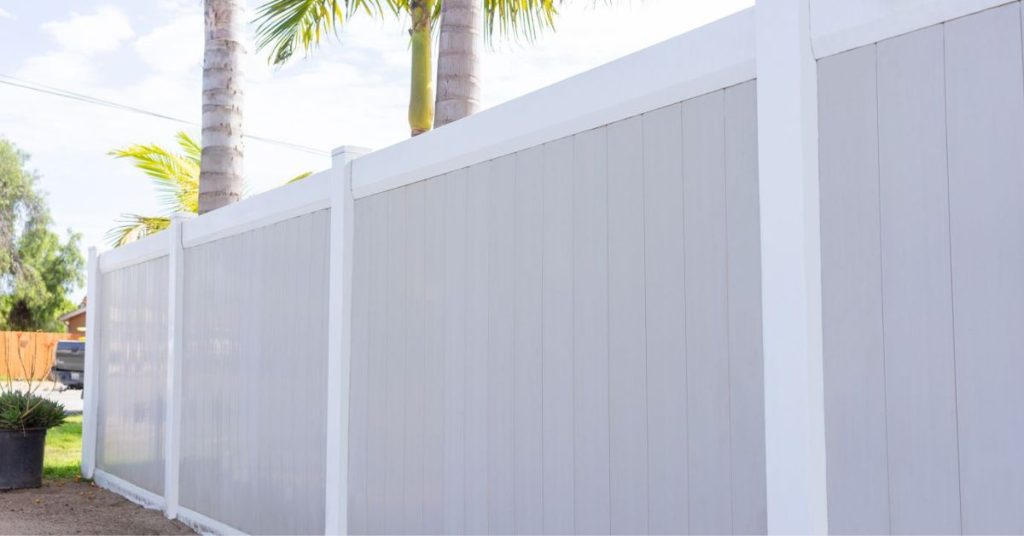
Wood Fences
Use specific products and treatments suitable for wood fences. Different types of wood may require different care. For example, cedar and redwood have natural oils that provide some protection, while pine may need more frequent sealing. Follow tips for maintaining different wood types to ensure longevity.
Metal Fences
Prevent rust by applying rust-resistant paint and treatments. Regularly clean and repaint the metal fence to keep it looking new. Check for signs of corrosion, especially at joints and fasteners, and address them promptly to prevent spread.
Vinyl Fences
Clean with mild soap and water to remove dirt and stains. Repair any cracks or damage promptly to maintain the fence’s integrity. Vinyl fences are low maintenance but can become brittle in extreme cold, so inspect for cracks regularly.
Environmental Factors and Adaptations
Climate Considerations
Adjust maintenance routines based on your local climate. Humid or extreme weather conditions may require more frequent inspections and treatments. In areas with heavy rainfall, ensure proper drainage around the fence to prevent water accumulation.
Eco-friendly Options
Use sustainable products for cleaning and treating fences. Consider eco-friendly options to reduce environmental impact during maintenance. Look for biodegradable cleaners and low-VOC paints and stains to minimize your environmental footprint.
Conclusion
Maintaining your fence with regular inspections, cleaning, repairs, and protective treatments is essential for its longevity. At State Fencing of Baton Rouge, we provide expert advice and high-quality materials to help you keep your fence in top condition.
Contact State Fencing of Baton Rouge, or call us at (225) 334-8840 today for professional fence installation and maintenance services and expert advice.

